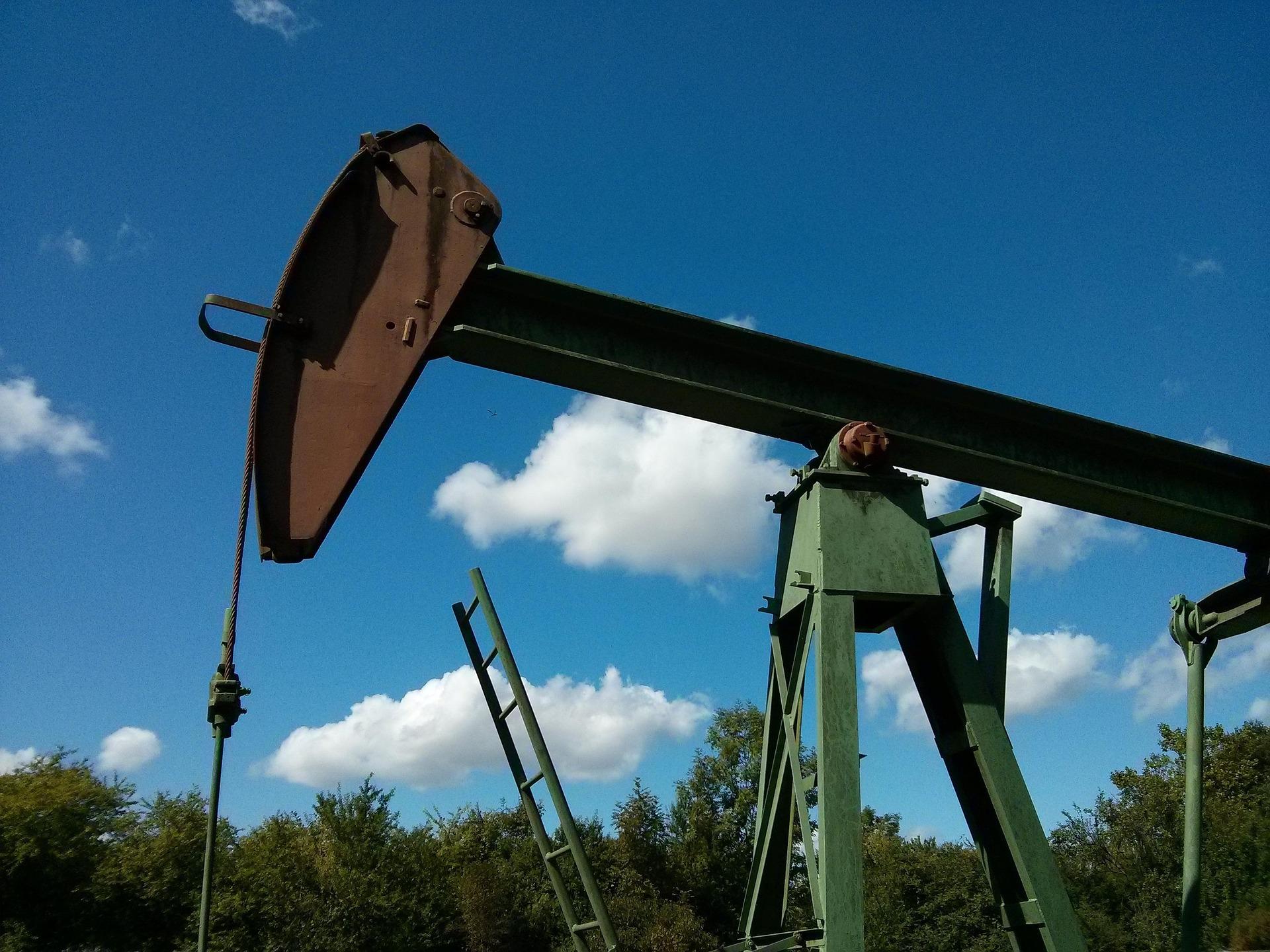
India’s largest oil and gas company, ONGC (Oil and Natural Gas Corporation), has made significant new discoveries off the coast of Mumbai that could offer a substantial boost to the nation’s energy sector. These findings raise hopes of reducing the country's heavy dependence on energy imports and possibly bringing relief to fuel prices in the future.
The discoveries have been made in the Mumbai Offshore Basin under the Open Acreage Licensing Policy (OALP). ONGC reported two major finds in this region, and both could play a vital role in strengthening India’s domestic hydrocarbon production.
The first discovery has taken place in block MB-OSHP-2020/2. A well named MBS02002H-A1 was drilled here and has been given the name “Suryamukhi.” According to ONGC, initial tests from this well indicate production of 413 barrels of oil per day and 15,132 cubic meters of gas per day. This hydrocarbon success was found in the Mukta Formation and marks the first time such reserves have been discovered in this specific region. ONGC has classified it as a “New Pool Discovery,” which refers to a previously untapped reservoir of oil and gas.
The second major discovery is in block MB-OSAP-2018, where the well MBS182H-A1N yielded even more promising results. During testing, it produced 2,122 barrels of oil per day and 83,120 cubic meters of gas per day. ONGC has named this discovery “Vajramukhi” and declared it a “New Prospect Discovery.” It is based on an independent fault-bounded structural feature located in the western part of the block.
It’s worth noting that the Mumbai Offshore area is already home to some of India’s largest oil and gas reserves. The Mumbai High field alone produces around 1.334 million barrels of oil per day, accounting for 35% of India’s total domestic oil output. The region also generates about 10 million standard cubic meters of gas per day, which is roughly 18% of the country’s total gas production. Other important fields in this basin include Bassein, Heera, Neelam, and Panna-Mukta. The addition of Suryamukhi and Vajramukhi discoveries further enhances the strategic value of this offshore region.
In addition to these Mumbai offshore discoveries, ONGC has reported another significant find in the Krishna-Godavari Basin. This discovery was made in the Malleswaram PML block, where a well named Yandapalli-1 was drilled to a depth of 3,958 meters. The presence of oil and gas has been confirmed here as well, and it has also been categorized as a “New Prospect Discovery.”
These developments raise a vital question: could this change India’s energy future?
Currently, India imports about 85% of its crude oil and nearly 50% of its natural gas needs. Such dependence on foreign sources makes the country vulnerable to global price fluctuations and geopolitical tensions. If ONGC’s new discoveries progress to the production stage, they could reduce this dependency and strengthen India’s economic and energy security.
However, ONGC has not yet announced any specific timeline for the development or production from these discoveries. The company has stated that the findings have the potential to strengthen domestic production but further evaluations and planning are needed before commercial exploitation begins.
These breakthroughs not only demonstrate ONGC’s growing technical capabilities but also highlight India’s potential in deep-sea exploration. The move toward harnessing offshore resources is a significant step not just for energy security, but also for economic growth and national self-reliance.
If developed timely and efficiently, these discoveries could become milestones in India’s journey toward energy independence. They might eventually lead to reduced fuel imports and, potentially, lower fuel prices for the general public.
Disclaimer:
The information presented in this article is based on publicly available reports and official statements from ONGC. While efforts have been made to ensure accuracy, the production estimates and potential impacts are subject to further technical evaluation and regulatory approvals. This content is for informational purposes only and does not constitute investment or policy advice. Readers are advised to conduct their own research or consult experts before making any decisions based on this information.




